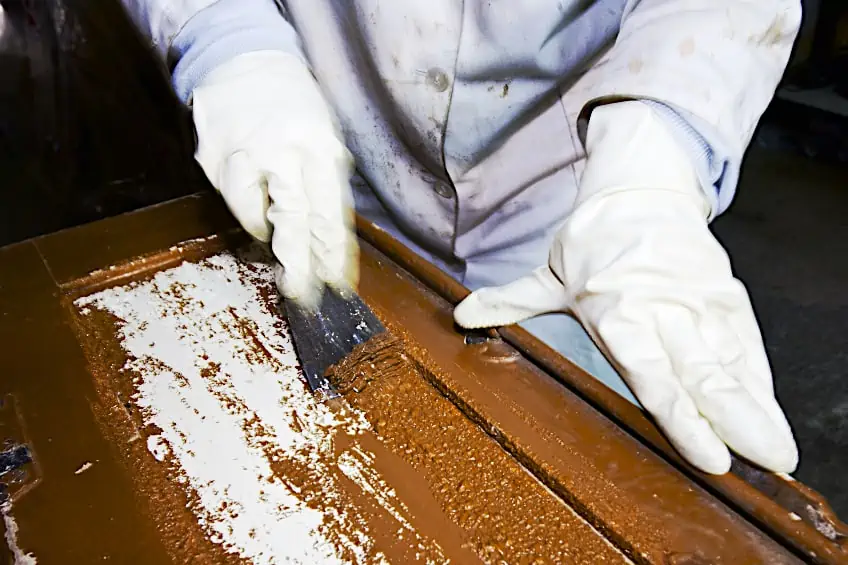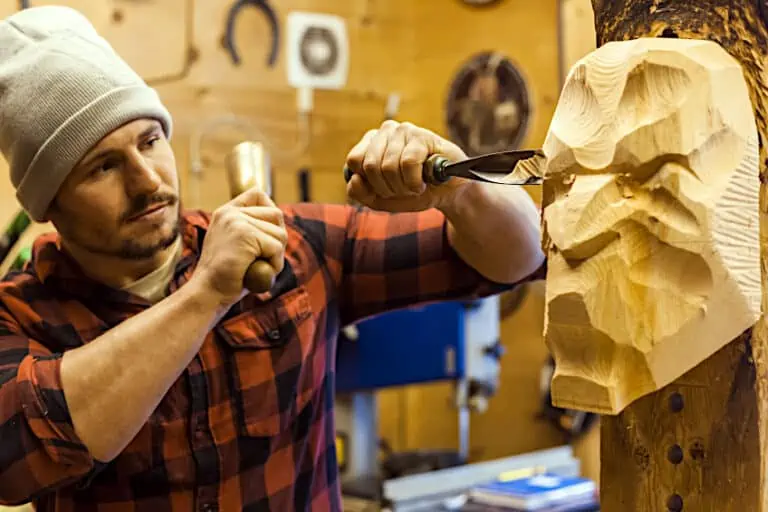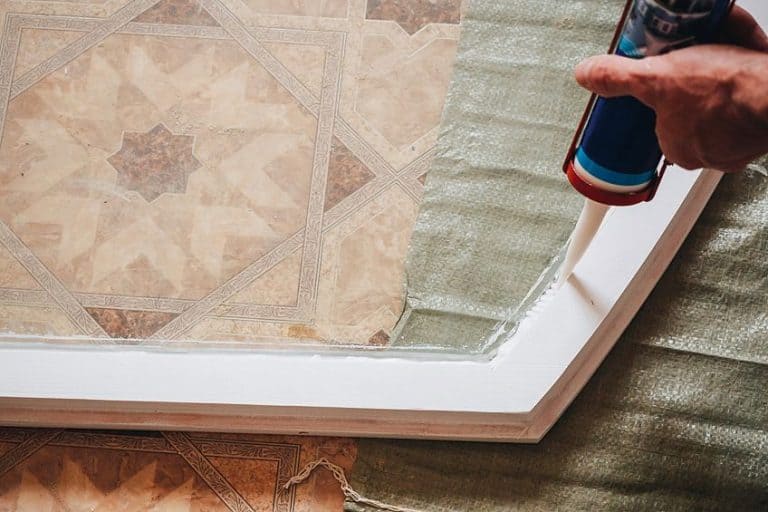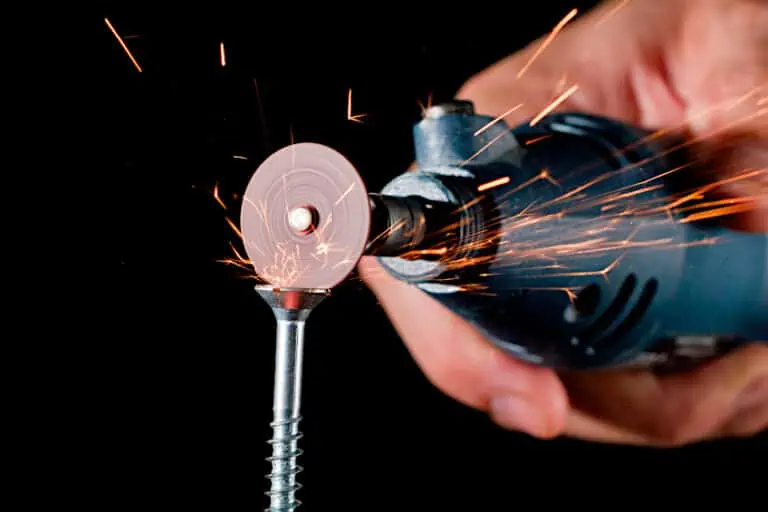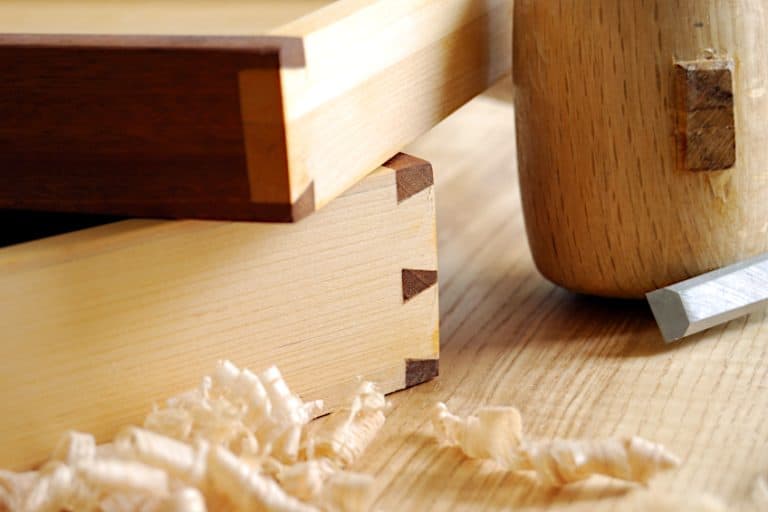How to Remove Polyurethane from Wood – Quick PU Stripping
As a DIY enthusiast, esteemed hobbyist, or just an every now and then crafter, you are likely to come across polyurethane at some point along the way. So, learning how to work with polyurethane and in particular, how to clean polyurethane, or how to remove polyurethane from wood, is a question that many have been dying to accomplish. This tutorial will teach you how to remove polyurethane, and what the best polyurethane remover is. Keep reading for some seriously extensive knowledge on how to get polyurethane off wood and other surfaces.
Table of Contents
Polyurethane Explained
In order to understand how to remove polyurethane from wood or other surfaces, one must first understand what polyurethane really is. If you have ever seen those stunning wooden items that have this professionally-made feel to them? More than likely, it has been coated in polyurethane. Polyurethane is a layering of something similar to varnish, it promises great protection against friction from use, or weather conditions that threaten the longevity of its life. Of course, you have the option to use either an oil-based product, or you can use a water-based product, either one is perfect for the project that you have in store. If you prefer a polyurethane product that is less harmful to the environment and your health, we recommend getting a water-based option, because they contain far fewer VOCs (Volatile Organic Compounds).
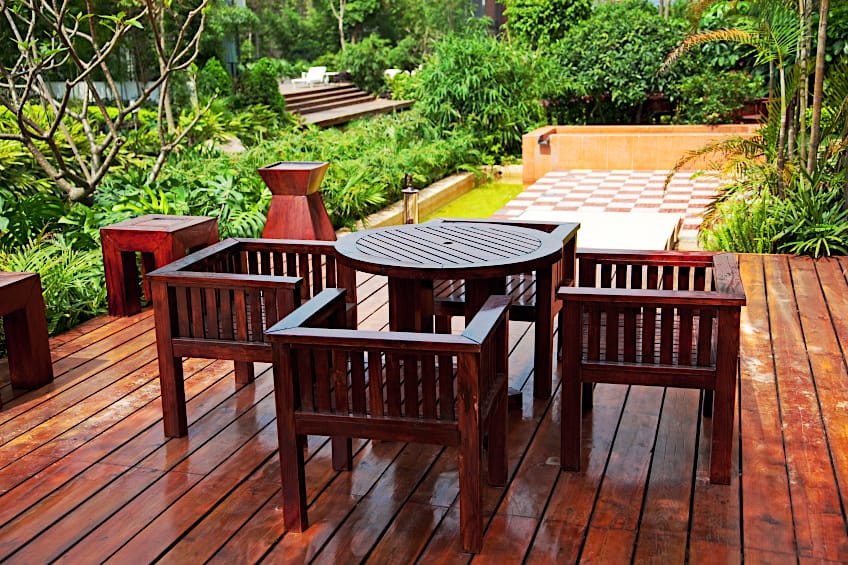
Choosing Water- or Oil-Based Polyurethane
Let us begin by explaining the polyurethane that is based in water. This is the lesser of the two when it comes to weather protection. It is not able to do as great a job as the oil-based polyurethanes would do if the item were to be left outside to brace the climate. Strong heat and humidity will eventually corrode your wooden piece if you use this type of polyurethane unless you find one that offers a bit more resistance. Water-based polyurethane is a great option for painting your smaller wooden items that will be indoors, like frames of pictures.
Oil-based polyurethanes have some serious ability to intensify the color of the wood by adding a tint, more so than water-based polyurethane. Not only that, but it has brilliant protection against the harsh weather conditions of whatever climate you are living in, as well as damage due to constant usage. This type of polyurethane is great to use for your outdoor furniture, or window frames, countertops, or decking. The only downside to oil-based polyurethane is that it can fade into a more yellow tinge over some time.
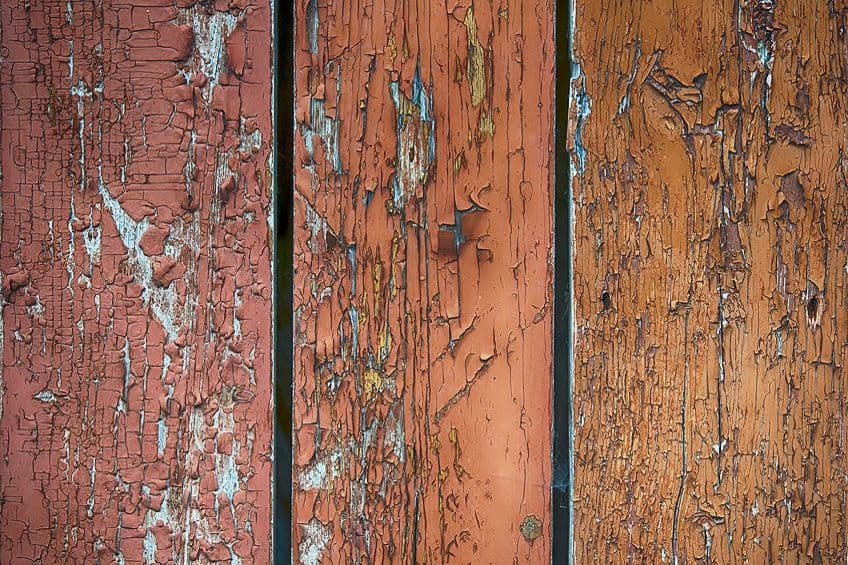
Recommended Polyurethane Strippers
So, now that we have covered the basics of the two variations of polyurethanes, it is important that we now get into the business of how to get polyurethane off the wood. The best way to do this is by using a sufficient polyurethane remover. If you have a wooden item that has been coated in either a water-based or oil-based polyurethane, then you will need to remove said polyurethane with such a polyurethane remover.
Instructions for Removing Polyurethane from Wood
Now, let us get into the main reason you have come across our article, learning how to clean polyurethane, or how to remove polyurethane from wood. No matter what type of polyurethane is being removed, whether it is from an item of furniture, a door, or flooring, the process does not change. Apart from sanding down your wooden item to get the polyurethane off the wooden surface, using a stripper is more efficient at times, not to mention saving you a bunch of time!
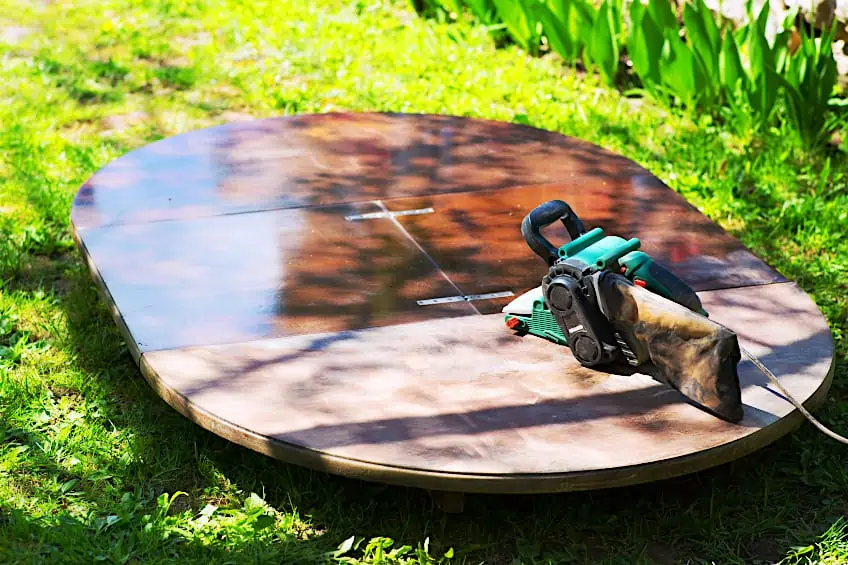
Preparing the Item
When it comes to most DIY tasks, preparation is the most important step to achieve the best results. Before starting, make sure the area is protected by placing plastic sheets or newspaper down on the counter and the floor beneath you. This is especially important if you are trying to remove the polyurethane from a wooden door that is hung on hinges in the door frame. You may want to remove any features and fittings, like doorknobs, handles, or glass windows, that are in the way.

Applying the Stripper
The best advice is to use an old paintbrush – one you are not too attached to because you will have to toss it out when you have finished as the brush will get ruined. As a general rule, chemical-based polyurethane strippers are more efficient as compared to water-based strippers that are safer but can contain toxic methylene chloride, so they are not entirely safe. Remember that for polyurethane strippers based on water, a second application may be required.
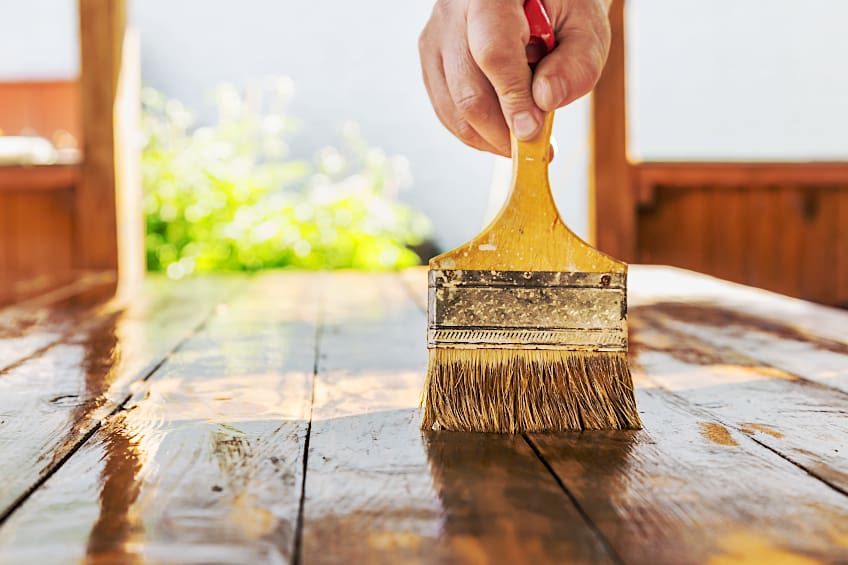
To remove polyurethane from wood, generously apply the stripper to the wood – do not be shy. We would like to state here that what I am trying to do is to apply a thick coating of Stripper over the entire polyurethane surface. Make sure you apply the paint stripper to tough to reach areas with the tip of your paintbrush. Having applied the polyurethane stripper, it is now the product’s turn to do its work and it will remove the polyurethane from the surface. But you will need to give it some time to do its job properly.
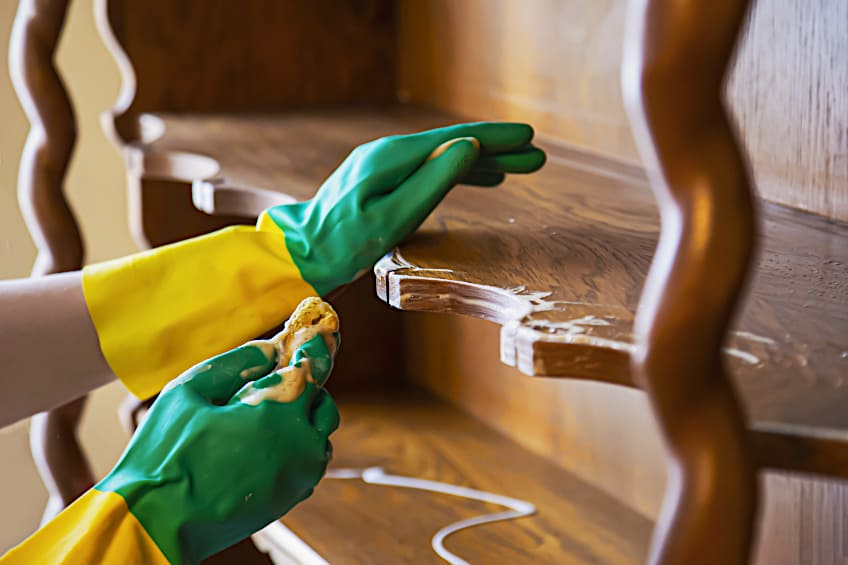
Depending on what you are using to remove the paint, it may take as little as 10 minutes to see some results, however, if you are using a water-based stripper you may have to wait much longer. In the event that you feel that the project will take more than six hours to complete, it would be beneficial to cover the area with a plastic sheet or even newspaper. The purpose of this step is to prevent the polyurethane stripper from drying out. Paints, varnishes, and polyurethane strippers only work when they are moist, so keep this in mind.
Scrubbing and Scraping
Scrubbing and scraping is the technique you can use if you start to notice the little warped bubbles appearing on the wooden surface after you have applied the polyurethane remover and the product starts to work its magic. The bubbles form as a sign that the polyurethane is “lifting” off the surface and the scrubbing or scraping will help to get more of the polyurethane off.
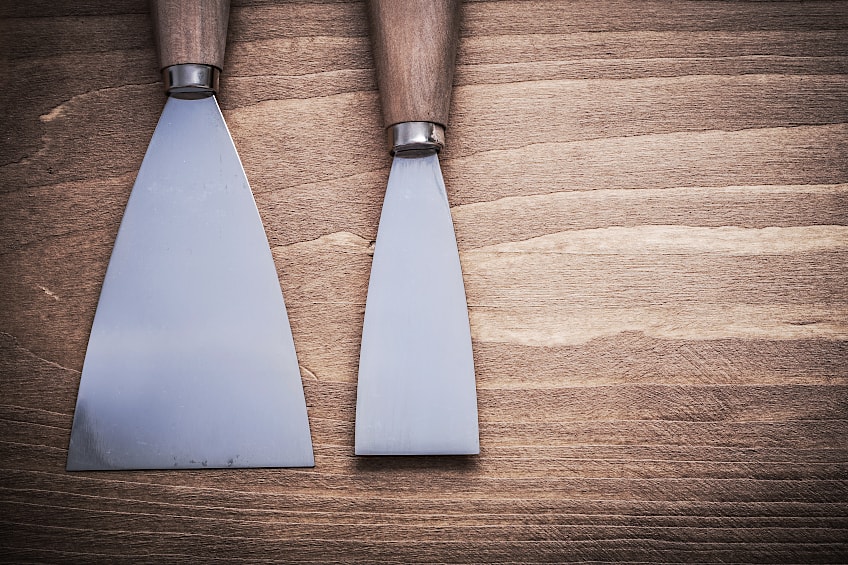
We advise that you work with the wood, and this means scraping the polyurethane off by going with the grain’s direction instead of against it. By doing this, you will not damage the surface, and you will maintain the surface of the wood that you are removing the polyurethane from. To do this you can either use a piece of steel wool or a scouring brush. For the smaller areas, a little brush with wire bristles will work fine.
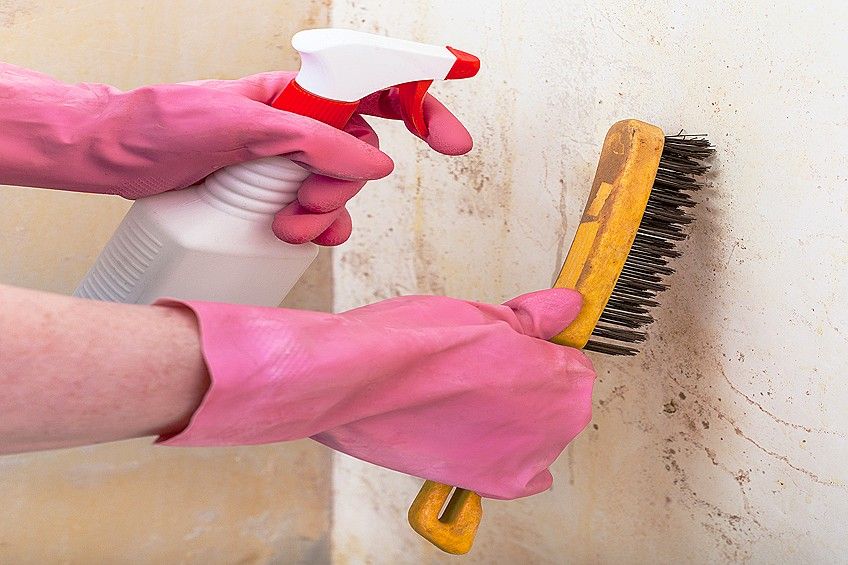
Do not be disheartened if you need to repeat this process, often one session is not enough, and you will need to wipe everything away, add more polyurethane remover, wait for it to activate, and then start scrubbing away again. When you are satisfied, make sure you have cleaned all of the remover off, as well as the remnants of the polyurethane. You can use water to wash it off. provided you used a water-based polyurethane, but an oil-based one will require solvents.
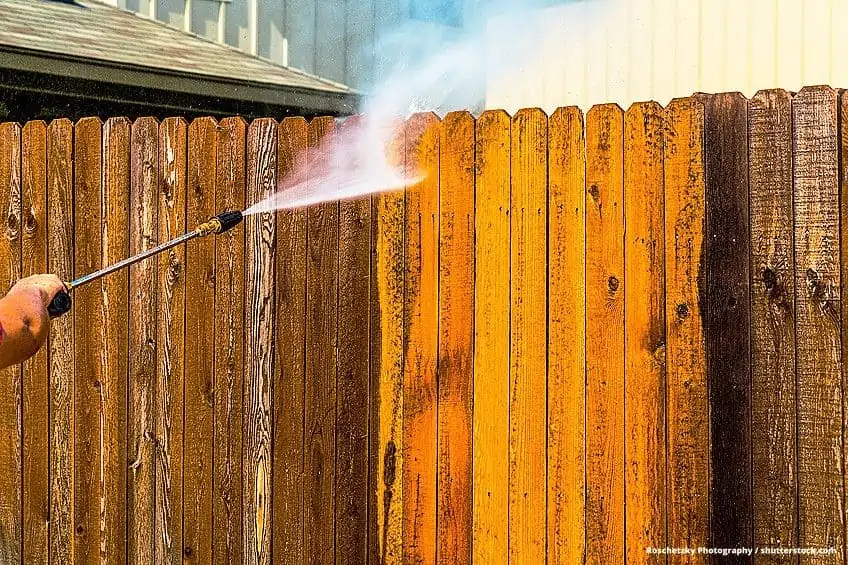
Finishing Off
If you use a water-based stripper, then you should have no problem cleaning up with water afterward. You can take away the drop cloth once you are satisfied that you have removed all the polyurethane from your project, as well as discard the stripper-soaked polyurethane gunk responsibly. You will need to sand the entire surface before you intend to apply any stain, varnish, or paint to the bare wood before you refinish it with a stain, varnish, or paint – just make sure the surface is properly dry from being cleaned before you start to sand.
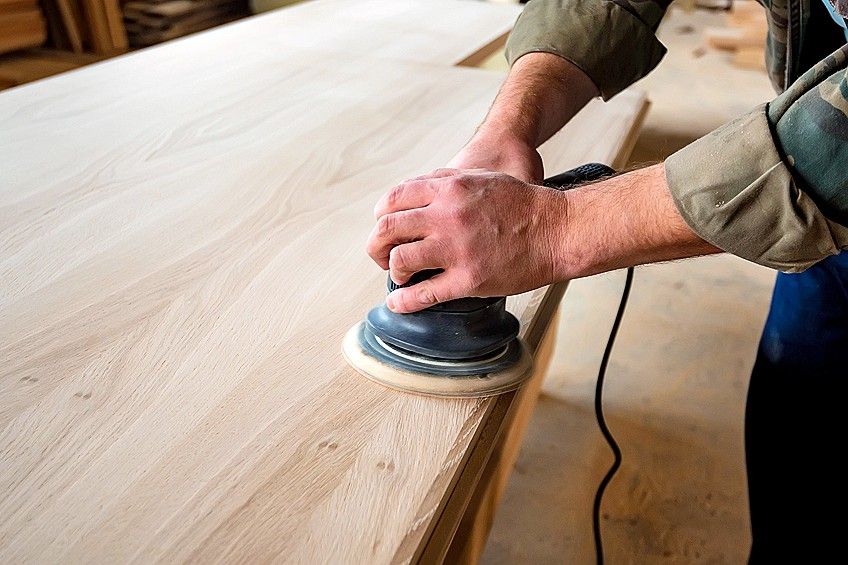
Our Final Suggestions for Polyurethane Stripping
Also, something to consider, you can use vinegar to remove polyurethane from wood. It is likely to be found in most houses and it is an amazingly environmentally friendly option. Be advised that an oil-based polyurethane remover is much stronger than a water-based one because they contain various chemicals Additionally, you will only be able to use a gel stain if you do not want to remove the polyurethane from the surface of the wood because the polyurethane clogs up the pores and prevents the stain from being absorbed by the wood. Do not forget to test a small unnoticeable area of the wood with some acetone to make sure you really are dealing with polyurethane.
Now that you are all clued up on how to get polyurethane off wood, we hope that our suggestions for the various techniques we have mentioned above will help you with your removal of polyurethane DIY project.
Frequently Asked Questions
How to Get Polyurethane off Skin?
It is possible to remove from the skin. Polyurethane can be removed from your skin with naturally derived oils. If you accidentally spill polyurethane on your skin, you can rub vegetable oil or peanut butter on the dried polyurethane to remove it from your body.
What Is the Best Way to Clean Polyurethane?
For polyurethane surfaces, it is best to avoid using detergents containing alcohol or ammonia. Alcohol is corrosive to polyurethane and ammonia can damage it over time. The best option would be to use natural-based cleaning detergents or simply use a damp cloth to clean the surface.
Is It Possible to Sand Polyurethane?
The polyurethane can be removed from wood by sanding it using sandpaper. However, this can be time-consuming and requires a large amount of effort on your part. For faster and easier progress as well as making it easier on the elbow, you may want to use a random orbital sander.
How Do I Remove Polyurethane From Wood?
You will need to either sand down the surface with a piece of sandpaper or a power-sanding machine, or you can use some polyurethane stripper or remover. This will loosen the dried polyurethane and lift it from the wood.
Should I Remove Polyurethane From Wood Before Staining?
Polyurethane seals the grain and pores of wood, making it impenetrable to liquid. This means that stains will not adhere to the wooden surface, unless you use a gel stain, you will have to remove the polyurethane first.

I have been into woodworking since 2005 and woodturning since 2011. Because of my love for wood and woodworking, I started woodhappen.com to teach other enthusiasts about how to finish and seal wood, the best woodworking tools, the different types of wood, and everything else related to woodworking! Read more about me here.

